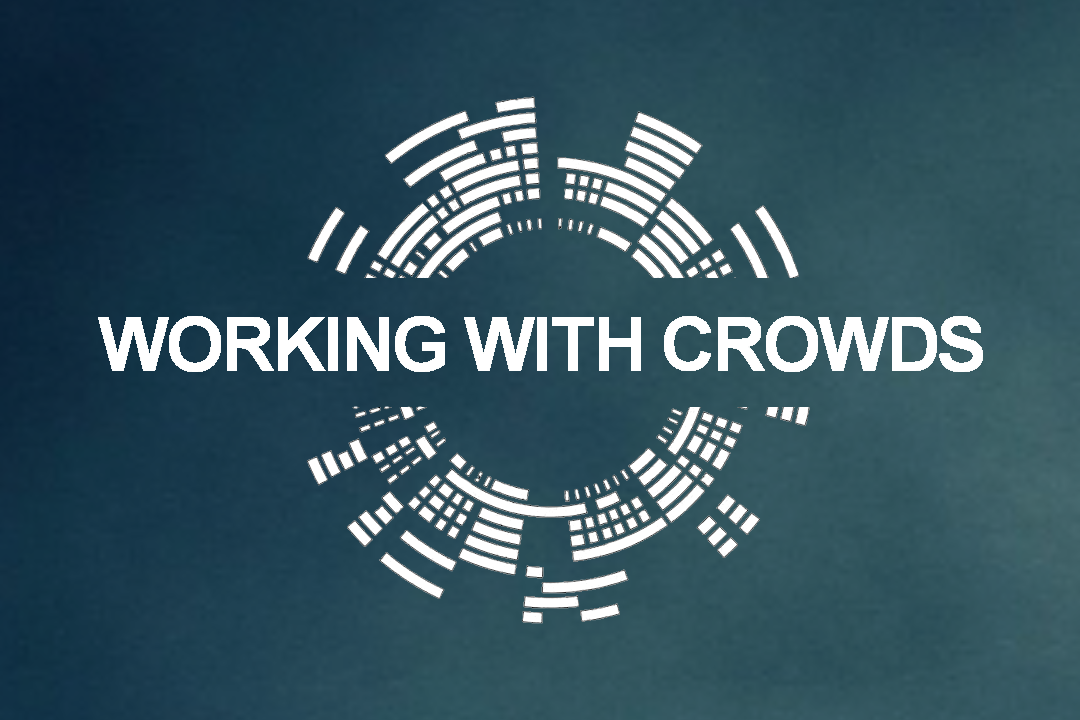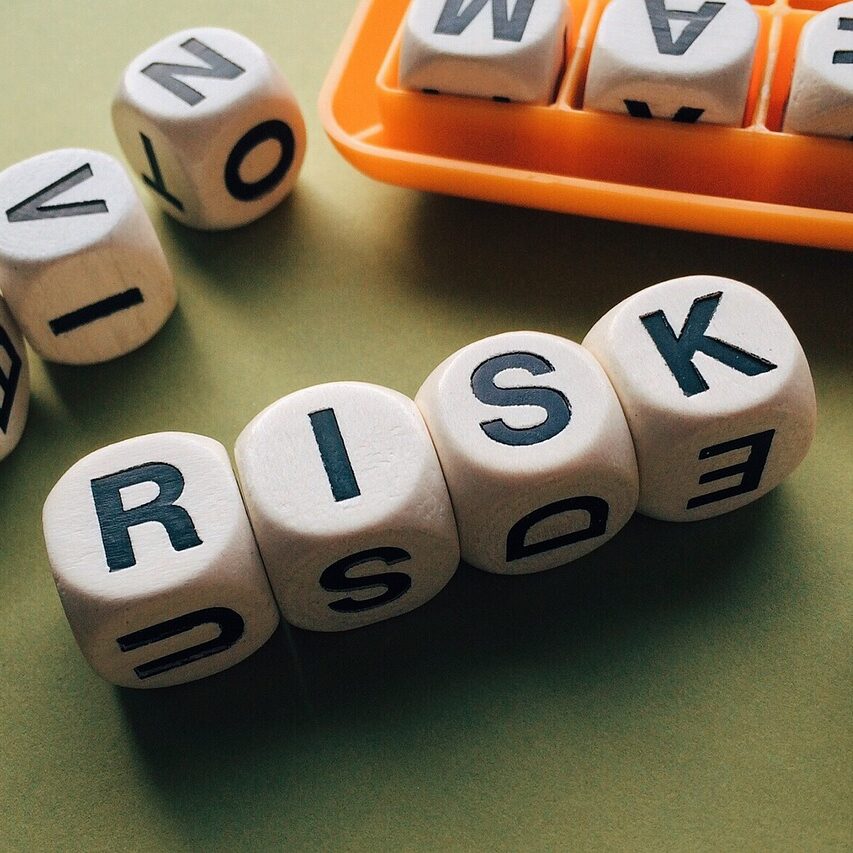The return of crowds
Ladies and gentlemen, today I will be covering our observations, some research on the return to crowded places and hopefully provide some information that allows you to leave us and continue your own research. Our first full year of being “back to normal” in 2022 is nearly passed, but was it normal or are we now experiencing the so-called “new normal”?


This blog is formed of a presentation by Mark McQuade on behalf of FGH Security at the Major Event International Uk Events Summit.
This was held on the 26th October 2022 at Emirates Old Trafford Cricket Ground.
We will separate this into smaller parts to allow us to focus on the information.
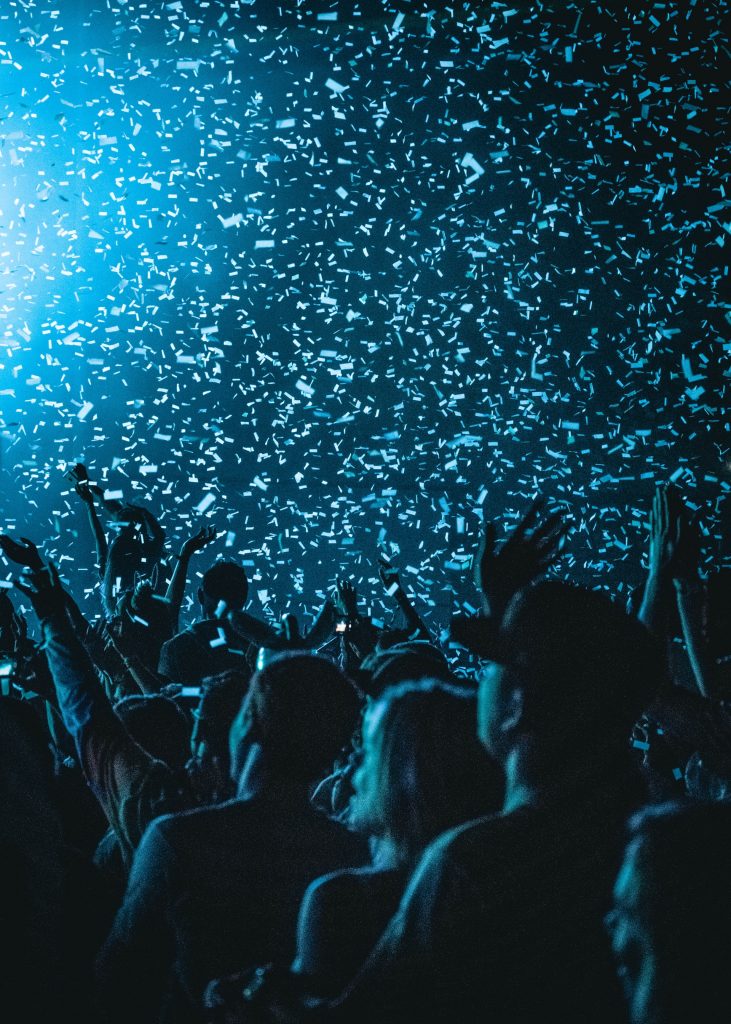
Types of Covid people
Let’s start with how people have been interacting since they got back together. This will split this into various groupings.
The covid – cautious
They are older and mostly better educated, and they were the most outspoken or had the strongest convictions on the suspension of social gatherings and packed activities during lockdown. They were reassured that they were contributing to everyone’s safety.
When returning to crowded places that caution has remained. Still attaining to some form of social distancing, looking for more personal space, they form queues that the learnt over 2 years of shopping under covid rules and they seek greater hygiene facilities.
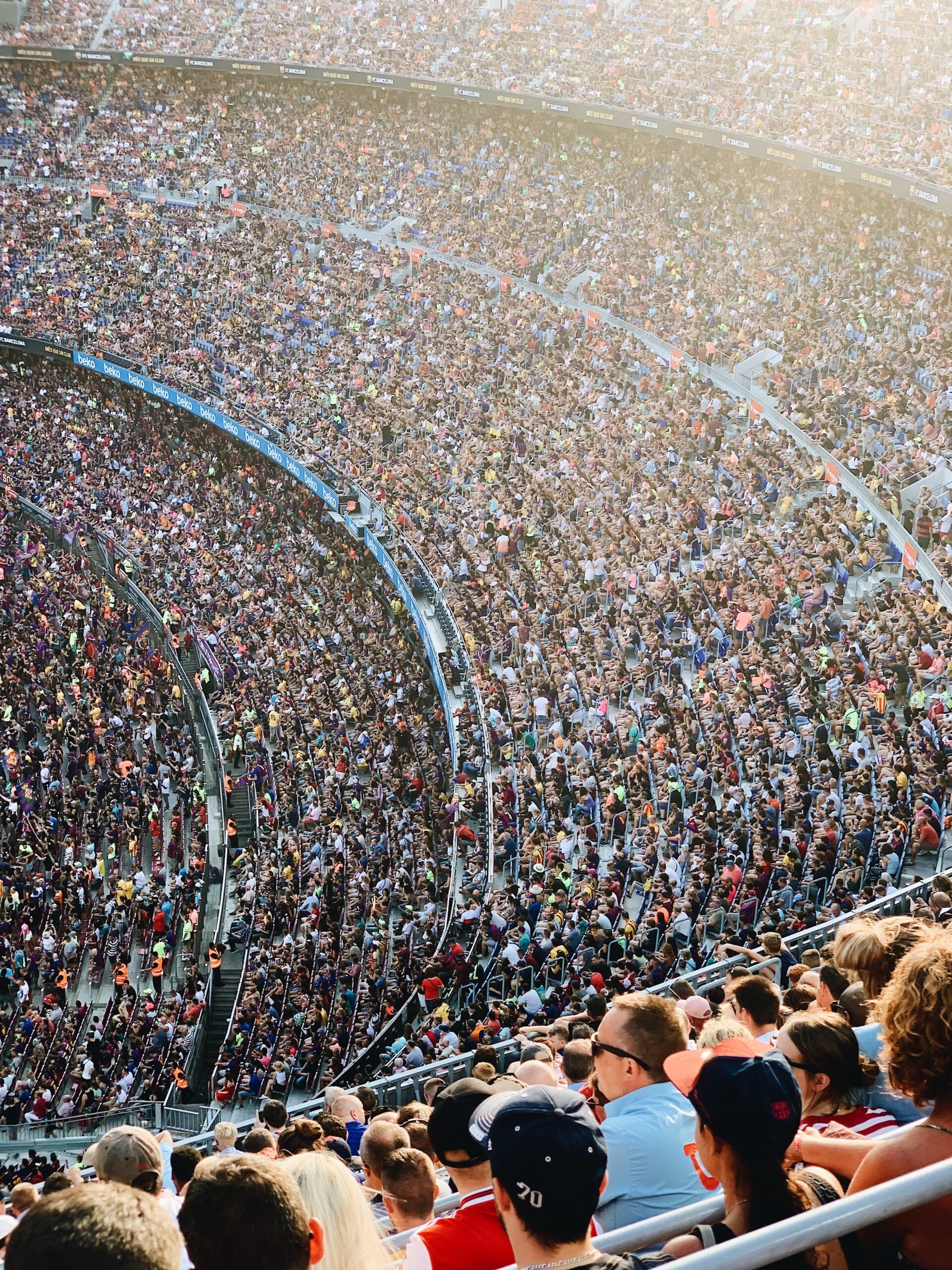
The event driven
These folks are motivated to participate as it enhances their wellbeing. They did not take the lock down period well and it had a negative effect on their personal wellbeing. Their attendance of cultural, sporting or music events is part of their personal identity, and they want to immerse themselves in it. Due to this they were willing to take the risk of attendance.
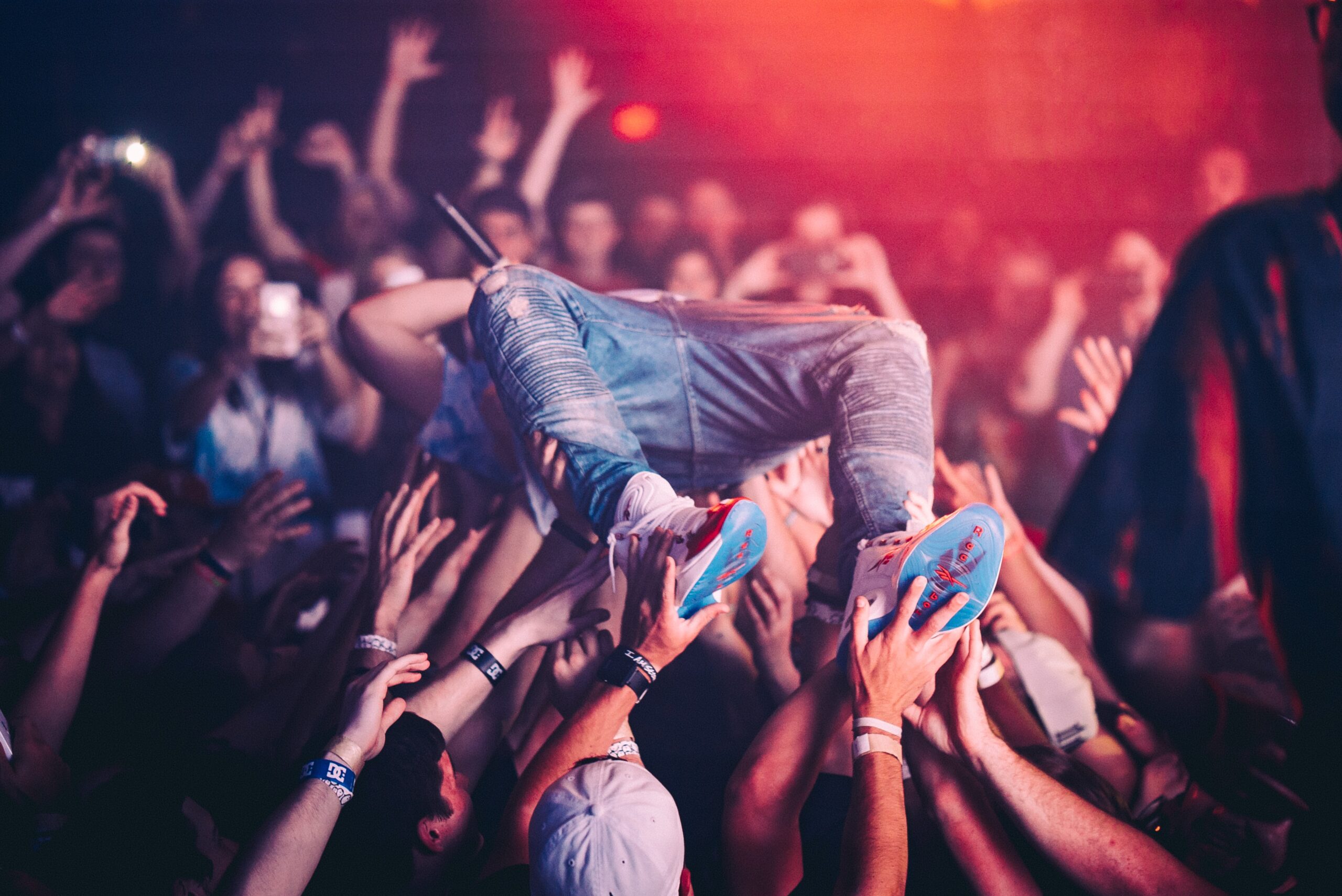
The experience orientated
Those that live for the moment in the event. They did not react well to the lockdown situation. They thrive in social settings. They freely express their excitement for this while searching for those hedonistic life moments. They totally embrace the present and the return of packed events.
We can see these three groupings in all our events
At sporting events such as football and rugby,
the covid cautious
tend to arrive early, more likely to drive with family or close friends, more likely to leave earlier or after the peak egress, conform to queuing at snack bars and reserved in celebration.
The event driven
embrace the sport through attendance, group identity in team colours, discussion, social media, and group interaction showing their passion. Although they may not turn up early, they are there in good time, interact with those around them and enjoy a good celebration.
The experience motivated
live in the moment, the pre drinks, group, and social interaction, singing, exaggerated celebration and then continuing after the game.
At music events we see the same as well.
The covid cautious
arrive in good time, try to find their own space, if at the front they can be problematic and they look for personal space and the queues they form can clog up circulation space.
The event driven
are right back into the thick of it, although slightly more cautious and looking for better hygiene facilities.
The experience focused
are all about interaction both physical and vocal, like covid never even happened, they get lost in the moment.
For cultural events
such as the Jubilee, the death of the queen or commonwealth games it was more likely that the experience orientated reserved their interactions to social media. Although we did see the covid cautious and event driven present. Examples being the waving of flags and national pride on display. The queue for the laying in state displayed all the hallmarks of years of social distancing in queues – Surely, I am not the only one that wanted to ask all those people to bunch up a bit to fit a few thousand more into the queue.

Gen Z and age
Age divide
What influence did the age of attendees have.
The older attendees are more cautious in the type of events they attend, but also more focused on what they enjoy. They are more aware of what they can lose not only health wise, but time wise. They want to share them with those they are close to.
At the other end of the scale, we often talk about the younger audience and how they lost out on adoption of events, festivals, they show a lack of appreciation of being part of such events.
Or is it us that are missing something. So, lets touch on Generation Z for a minute, as they say they are our future.
Values of Gen Z
Universalism
Or a strong belief in the collective welfare of all living things. This occurs when parents play an incremental role in instilling a set of values among Gen Z that looks outward to the world around them – climate, justice and economy. Where these stronger role models are not present though, this adoption can be missing or restricted.
Contrasting their desires for strong bonds with loved ones, Gen Z also value freedom and independence. Some attributed this to their parents who gave them the freedom to think, decide, and manage independently. Others implied undergoing emotional challenges led them to developing self-confidence, self-respect, and self-reliance overtime.
Where those that struggle to build self-worth, some find sources of inspiration from their fellow Gen Z idols who seem to understand them. We might call those idols influencers. Those that portray a lifestyle for others to attain – the way they look, what to eat, what to buy, how to dress, the VIP lifestyle and riches.
Self-direction
Achievement and security
Gen Z share certain achievement-oriented and security-oriented values. For some this is the powers of determination and perseverance they learnt through peers and family. Doing one’s best and continuously improving is a common feature.
For those that may not have these influences or do not go down that route though, achievement and security is based in monetary value. Consider the gig economy, they work when they want and have little oversight. This though can be very liberating and motivating, they set their own goals depending on their needs.
Behaviours
Movement around events and changes that have been picked up. Where there is a mixed age range there is a split in movement.
Older attendees and the passionate – stayed at the stage for the act.
Younger attendee’s and the experience motivated – more transient.
Observations – moving more around the event space, checking in or capturing images and video of multiple acts at the same time. The thought being that it is more important to say you where there than enjoy the full experience.
We also touched on earlier about the attainment of the influencer directed lifestyle. This seems to have brought with it the self-belief that those who follow this path either live the VIP lifestyle or they should be just because they are wanting it.

Crime at Football and stadia
With the return of crowded places, we also see the return of crime.
When looking at sports, the focus is on football more often than not and there has been some well publicised news headlines depicting the rise in arrests, drug use, banning orders and pyrotechnics.
Data collected from 1 July to 31 December 2021 from English domestic competitions only and compared to 2019-20 – the last one without restrictions pre-pandemic
- 802 football related arrests so far this season – an increase in 47% – the highest number of arrests since 2015-16
- Incidents of disorder–48%- of all games across Premier League, EFL and National League – compared to 34% in season 19-20
- There were 759reported incidents of disorder – including flares, missiles and hate crime – up 36% from 560 in 19-20
- 210 incidents were involving young supporters under the age of 25, up from 154 in 19-20.
- That’s despite fewer gamesthis season (1,581) due to postponements, than in 19-20 (1,670)
- The biggest increase in reported incidents of disorder is in the Championship and National league. Up 58%in Championship and 56% in national league from 2019-20
- Police presence at 66%of football matches across top five English divisions, compared to 46% of games in 19-20.
And by the end of the season
Details of football disorder stats for 2021/22 season
- Arrests made: 2,198 – up by 59% – the highest since 2013/14 season (2,273)
- Hate crime cases reported 384 – up by 99%
- 441 pitch invasions reported last season – up by 127%
- 516 new banning orders were issued
- Incidents were reported at 53% matches – 1,609
- Top three clubs for new banning orders – Millwall (33), Leicester City (28), Everton (26)
It should be considered that this is off the back of the crowd disruption at the Euro final at Wembley and the focus put on football across the country. Did this influence these figures.
Research has shown that drug use has increased among football fan and has influenced their behaviour. The use of cocaine at football are based more around alcohol consumption as a means of controlling intoxication.
If we refer to our 3 catogories of attendees, we are talking about the experience orientated group. Those that want to get the most out of the moment, fuelled by drink and coke. This can partially explain over reaction in celebrations, the so called “limbs” and venting of rage towards opposing fans, either verbally in the most cases, or by a small percentage, violence if provided with the opportunity.

Crime at Events
In comparison to this a survey of a cross section of UK festivals, show a differing set of figures, a downward trend in most cases.
Green belt based
- Latitude Festival 12 reports
- Boomtown Fair 98 offences tracking down on previous years
- Glastonbury 85% drop in reported crimes
- Creamfields north 209 reported crimes with 39 arrests. Up on 2019
- Boardmasters 13 impaired drivers, five theft offences recorded at the end of the event compared to 15 in 2021, although reports of anti-social behaviour on the campsite
- Reading Festival 50 ejections due to anti-social behaviour on the campsite.
City based
- TRNSMT 26 arrests down from 44 in 2019
- Wireless increased reports of crowd disorder and incidents
- Parklife 57 arrested up from 52 in 2019
Although, the majority show a declining tendency. It should also not be overlooked, the rise in disorderly crowds at urban area-based music festivals cannot be denied and some festivals presented anti-social behaviour on the campsites.
Most of these crimes focus on drug use and alcohol consumption.
Depending on what music event you attend, varies the drugs of choice. High energy or hedonistic music still attracts use of MDMA and cocaine, as well as an increasing use of NOS and Ketamine. Urban music festivals lean more heavily towards cannabises, although coke for those RAGE pits and to keep the energy levels up. Along with the use of NOS and Ket on the rise.
Although we cannot speak for all festivals, it was noticed that those with an older audience seen an increased spend at the bar, can we put this down to those day drinks during lockdown??

Social media
In this case, we are going to spend a bit of time with Gen Z’s go to app – Tik Tok. You may have heard the name but are you fully aware of the influence it is having on your events.
Some headlines
The platform became the fastest growing app in 2020 and has now risen to reach 1 billion monthly active global users.
What percent of Gen Z use TikTok?
Over half of Gen Z consumers are on TikTok now. And 46% of 13-19-year-olds say they use the platform daily.
Gen Z Tik Tokers aren’t just downloading and absorbing content. They’re creating it. 83% of the content themselves.
They’re also advocates for the platform. 70% of Gen Z TikTok users say they would recommend it to others.
There’s a reason TikTok’s slogan is “Trends start here”. They really do. TikTok is the new source for cultural trends – and Gen Z are seeing and creating them.
I will be honest with you, if it had not been for my colleagues in FGH Security I would never have touched this app, I am far to old for it. Now, I am fascinated and spend far too much time scrolling through it. I use it nearly as much as Twitter to gain information on crowd incidents.
The trends being set are impacting on our events and most of us completely miss it and fail to understand. Remember when I said I would come back to the anti- social behaviour? Well, a lot of this comes from Tik Tok. Either re-enacting some trend or capturing content for their feeds and 15 seconds of fame.
An example of this is the early queuing at music events. Tik Tok started the trend challenging attendees to turn up earlier and earlier, putting their wellbeing and health at risk.
TikTok sets trends



